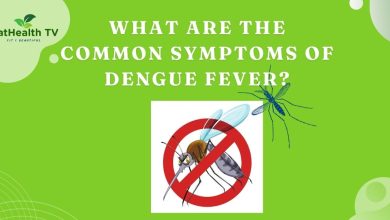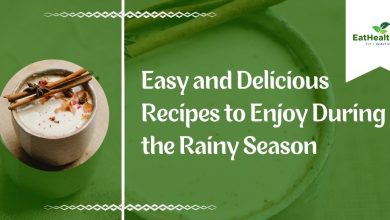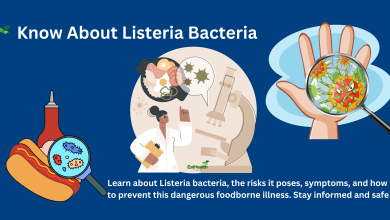Healthy Food to Cure Monkeypox Patients
Optimal Nutrition for Monkeypox Patients: Enhancing Recovery Through Healthy Eating
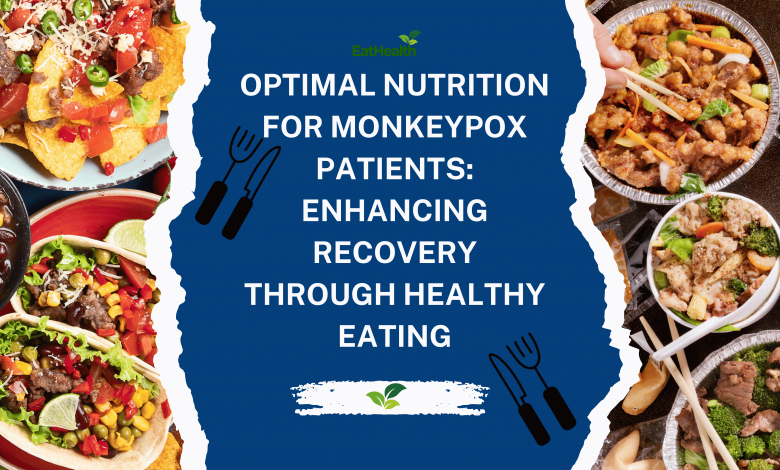
Boost Your Immunity: Essential Health Foods for Accelerated Monkeypox Recovery
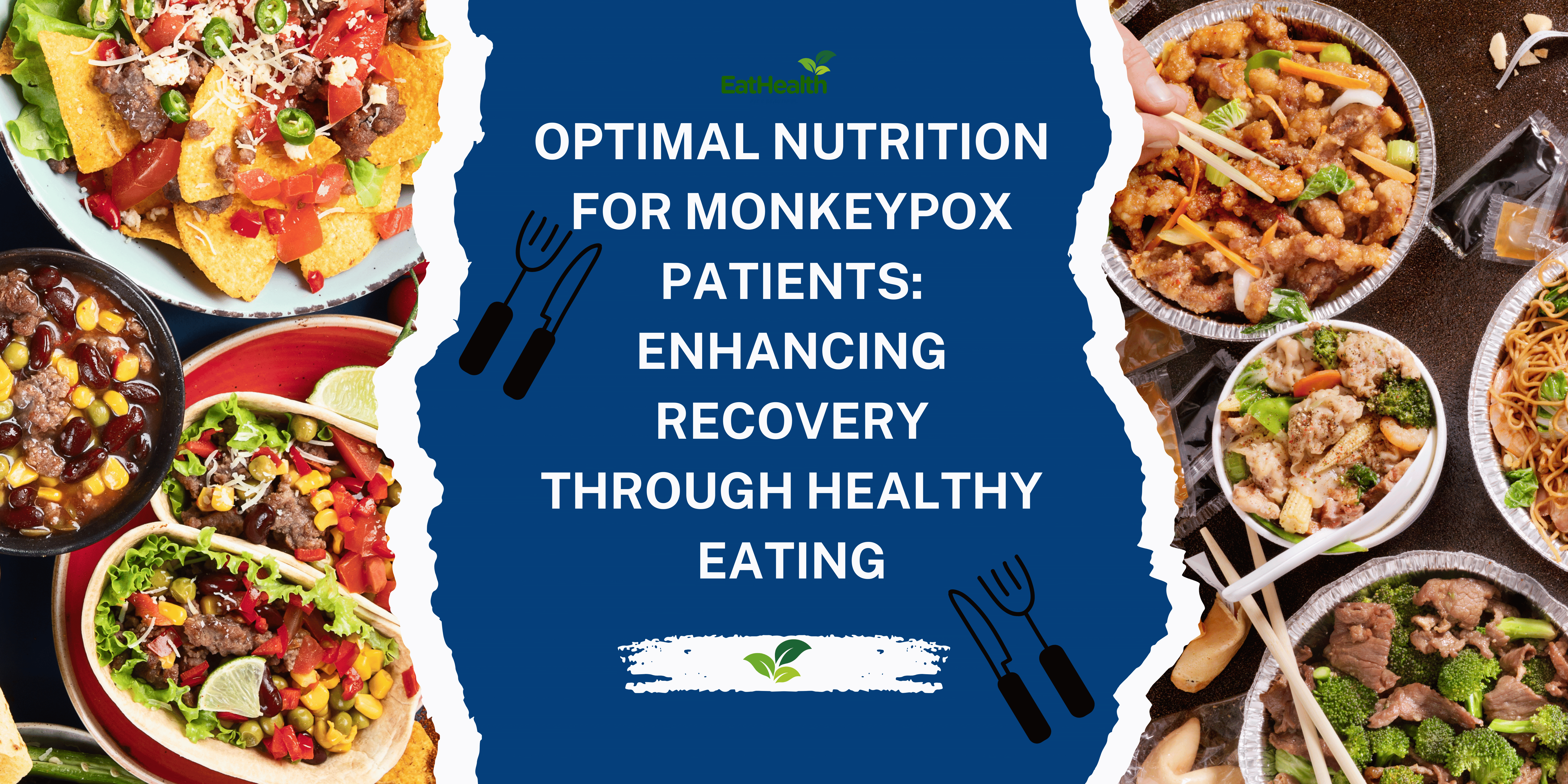
Introduction
The global health landscape has been increasingly challenged by emerging infectious diseases, and monkeypox has recently become a topic of significant concern. As healthcare professionals and patients navigate the complexities of this illness, understanding the role of proper nutrition becomes paramount. A well-balanced diet rich in essential nutrients can play a critical role in supporting the immune system, alleviating symptoms, and promoting faster recovery for monkeypox patients.
This comprehensive guide delves into the health food for monkeypox patients, providing detailed insights into the types of foods that can bolster the immune response, aid in symptom management, and enhance overall well-being during and after infection. Whether you are a patient, caregiver, or healthcare professional, this article offers valuable information to help optimize nutritional strategies for effective monkeypox recovery.
Understanding Monkeypox and the Importance of Nutrition
Monkeypox is a viral zoonotic disease caused by the monkeypox virus, which is part of the same family of viruses as smallpox. It is characterized by symptoms such as fever, headache, muscle aches, and a distinctive rash that progresses through various stages before resolving. While monkeypox is generally less severe than smallpox, it can still lead to significant discomfort and, in some cases, serious complications.
Nutrition plays a crucial role in the management and recovery of infectious diseases like monkeypox. A robust immune system is the body’s primary defense against viral infections, and proper dietary intake provides the necessary building blocks for immune function. Adequate nutrition can help:
Strengthen the immune response: Essential vitamins and minerals support various immune processes.
Reduce inflammation: Certain foods possess anti-inflammatory properties that can alleviate symptoms.
Promote tissue repair: Proteins and other nutrients aid in the healing of skin lesions and other affected tissues.
Maintain energy levels: Balanced diets ensure sufficient energy supply for the body’s increased metabolic demands during illness.
Prevent secondary infections: A strong immune system reduces the risk of opportunistic infections during recovery.
Key Nutritional Components for Monkeypox Patients
To effectively support recovery, monkeypox patients should focus on incorporating specific nutritional components into their diet. These include:
1. Protein-Rich Foods
Proteins are essential for the repair and regeneration of body tissues, including skin and mucous membranes affected by monkeypox. They also play a vital role in the production of immune cells and antibodies.
Recommended Protein Sources:
Lean Meats: Chicken, turkey, and lean cuts of beef or pork provide high-quality proteins.
Fish: Fatty fish like salmon, mackerel, and tuna are rich in protein and omega-3 fatty acids, which have anti-inflammatory properties.
Legumes: Beans, lentils, chickpeas, and peas are excellent plant-based protein sources, also high in fiber and essential nutrients.
Dairy Products: Milk, yogurt, and cheese offer proteins along with calcium and vitamin D.
Nuts and Seeds: Almonds, walnuts, chia seeds, and flaxseeds provide proteins, healthy fats, and antioxidants.
Eggs: A versatile and easily digestible source of high-quality protein and various vitamins and minerals.
Incorporation Tips:
Include a source of protein in every meal to support continuous tissue repair and immune function.
Opt for grilled, baked, or steamed preparations to retain nutrient content and ensure easier digestion.
For those with appetite loss, smoothies with protein-rich ingredients like yogurt and nut butter can be an effective way to increase intake.
2. Vitamin-Rich Foods
Vitamins are critical for maintaining immune health and aiding recovery. Key vitamins for monkeypox patients include:
a. Vitamin A
Supports skin health and immune function.
Sources: Sweet potatoes, carrots, spinach, kale, and apricots.
b. Vitamin C
Acts as a powerful antioxidant, enhances immune defense, and promotes skin healing.
Sources: Oranges, strawberries, kiwi, bell peppers, broccoli, and tomatoes.
c. Vitamin D
Modulates immune responses and may reduce infection severity.
Sources: Fatty fish, fortified dairy products, egg yolks, and exposure to sunlight.
d. Vitamin E
Protects cells from oxidative stress and supports immune function.
Sources: Almonds, sunflower seeds, spinach, and avocados.
Incorporation Tips:
Include a variety of colorful fruits and vegetables in meals to ensure a broad spectrum of vitamins.
Consume fresh produce to maximize vitamin content.
Consider fortified foods or supplements under medical guidance, especially for vitamins D and E.
3. Mineral-Rich Foods
Minerals such as zinc and selenium are essential for immune competence and wound healing.
a. Zinc
Crucial for immune cell development and function.
Sources: Meat, shellfish, legumes, nuts, and whole grains.
b. Selenium
Has antioxidant properties and supports immune responses.
Sources: Brazil nuts, seafood, eggs, and cereals.
Incorporation Tips:
Balance animal and plant-based sources to meet mineral requirements.
Avoid overconsumption; adhere to recommended daily allowances to prevent toxicity.
4. Antioxidant-Rich Foods
Antioxidants help neutralize free radicals and reduce inflammation, aiding in symptom relief and recovery.
Recommended Sources:
Berries: Blueberries, raspberries, and blackberries are high in antioxidants like anthocyanins.
Dark Leafy Greens: Spinach and kale contain antioxidants such as lutein and zeaxanthin.
Green Tea: Rich in catechins, which have potent antioxidant effects.
Dark Chocolate: Contains flavonoids that contribute to antioxidant capacity.
Incorporation Tips:
Snack on fresh berries or incorporate them into breakfast cereals and yogurts.
Replace sugary drinks with green tea for added health benefits.
Enjoy dark chocolate in moderation as a healthy dessert option.
5. Hydrating Fluids
Proper hydration is essential for maintaining bodily functions, regulating temperature, and supporting detoxification processes during illness.
Recommended Fluids:
Water: Aim for at least 8-10 glasses per day to stay adequately hydrated.
Herbal Teas: Chamomile and ginger teas can soothe symptoms and provide additional antioxidants.
Electrolyte Solutions: Helpful in maintaining electrolyte balance, especially if experiencing fever or sweating.
Fresh Fruit Juices: Orange and cranberry juices provide fluids along with essential vitamins but should be consumed without added sugars.
Incorporation Tips:
Keep a water bottle handy and sip fluids throughout the day.
Include soups and broths in meals for added hydration and nutrient intake.
Monitor urine color as an indicator of hydration status; light yellow typically indicates adequate hydration.
Foods to Avoid During Monkeypox Recovery
Certain foods can exacerbate symptoms or impede the recovery process. Monkeypox patients should consider limiting or avoiding:
1. Processed and Sugary Foods
Impact: Can cause inflammation and weaken immune responses.
Examples: Packaged snacks, candies, sugary cereals, and baked goods.
2. High-Fat and Fried Foods
Impact: Difficult to digest and may cause gastrointestinal discomfort.
Examples: Fried meats, fast food, and heavy cream sauces.
3. Caffeinated and Alcoholic Beverages
Impact: Can lead to dehydration and interfere with immune function.
Examples: Coffee, energy drinks, beer, wine, and spirits.
4. Spicy Foods
Impact: May irritate skin and mucous membranes, exacerbating discomfort.
Examples: Hot peppers, spicy sauces, and heavily seasoned dishes.
5. Dairy Products (for some individuals)
Impact: May increase mucus production or cause digestive issues in lactose-intolerant individuals.
Examples: Milk, cheese, and ice cream.
Recommendations:
Opt for whole, unprocessed foods to support optimal recovery.
Listen to your body’s responses and adjust dietary choices accordingly.
Consult with healthcare providers or nutritionists for personalized dietary guidance.
Sample Meal Plan for Monkeypox Patients
Breakfast:
Oatmeal topped with fresh berries and a sprinkle of chia seeds.
A glass of fortified orange juice.
Herbal tea such as chamomile.
Mid-Morning Snack:
A handful of mixed nuts (almonds, walnuts, and cashews).
An apple or a banana.
Lunch:
Grilled chicken breast with a side of steamed broccoli and sweet potatoes.
A mixed green salad with spinach, kale, and cherry tomatoes, dressed with olive oil and lemon.
A cup of green tea.
Afternoon Snack:
Greek yogurt with honey and sliced apricots.
Whole-grain crackers with hummus.
Dinner:
Baked salmon seasoned with herbs, served with quinoa and roasted bell peppers.
A side of sautéed spinach with garlic.
A bowl of lentil soup for additional protein and hydration.
Evening Snack:
A small piece of dark chocolate (70% cocoa or higher).
A cup of warm turmeric milk (golden milk) for its anti-inflammatory benefits.
Hydration Throughout the Day:
Continuous intake of water, aiming for at least 8-10 glasses.
Occasional sips of electrolyte-infused water or coconut water.
Conclusion
Recovering from monkeypox requires a multifaceted approach, with proper nutrition playing a pivotal role in supporting the body’s natural healing processes. By focusing on a balanced diet rich in proteins, vitamins, minerals, antioxidants, and adequate fluids, patients can enhance their immune response, reduce inflammation, and promote faster recovery. Avoiding certain foods that may impede healing is equally important.
YouTube Channel for Health realted Educational Videos
This comprehensive nutritional strategy not only aids in overcoming the immediate challenges posed by monkeypox but also contributes to long-term health and resilience against future illnesses. Collaboration with healthcare professionals and nutritionists can further personalize dietary plans to meet individual needs and preferences, ensuring optimal outcomes during the recovery journey.


